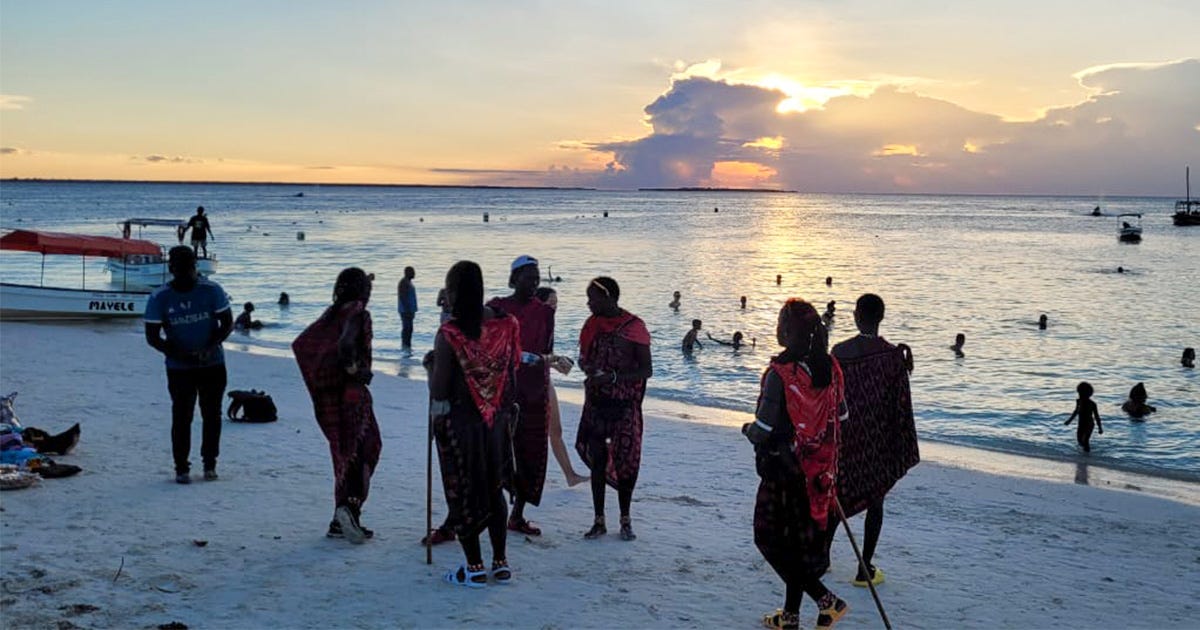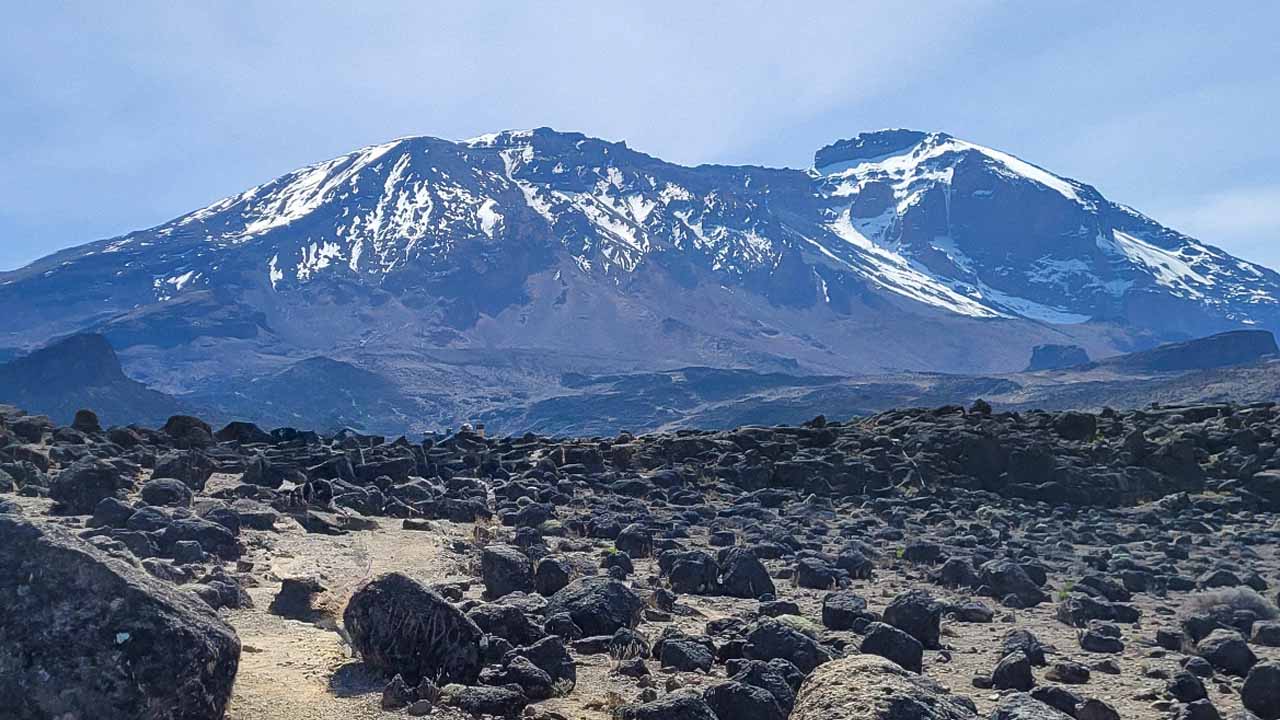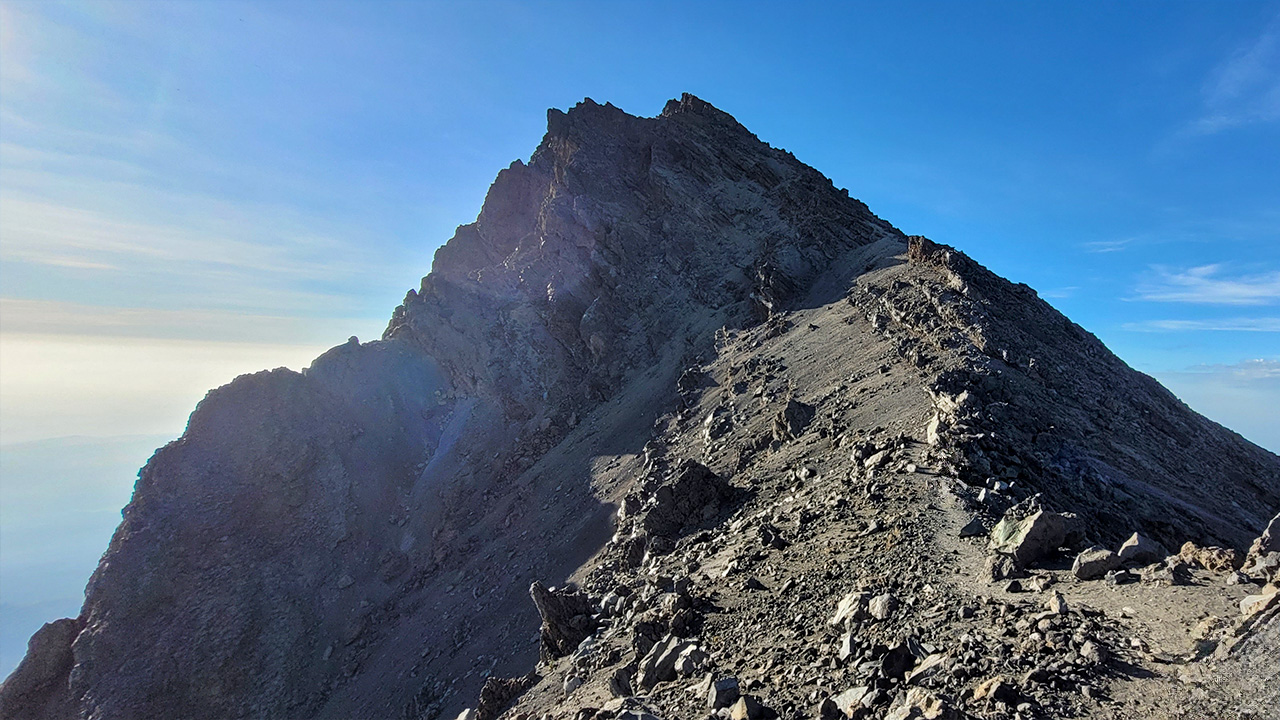
In our journey to live life beyond the conventional, every destination promises adventure, learning, and sometimes unexpected challenges. As I conclude my final week in Zanzibar, I’d like to share some insights on why my stay didn’t quite meet my expectations.
This reflection on Zanzibar is not a dismissal of its beauty or culture but rather a candid sharing of the realities I’ve faced during my two months living here as a digital nomad.
The Mirage of Infrastructure
In Zanzibar, the romanticized image of a remote work paradise quickly dissolves in the face of its infrastructural realities. For those connected to our work by digital means, the frequent, almost daily, electricity and water supply interruptions present a formidable challenge. Some days, I’ve had more than 15 hours without water and energy, and it was on the whole island.
But the absence of water and electricity does more than disrupt work; it leaves you with no refuge from the sweltering 35-degree heat, compounding the difficulty of maintaining productivity. In this setting, the dream of an idyllic work-from-anywhere lifestyle faces the harsh test of reality.
Even with electricity, I never found a place where the WiFi could hold steady a video call for 5 minutes, forcing me to rely on 4G, which is costly and unstable, especially when your workday stretches to 8 hours with numerous meetings.
The Unwanted Companionship of Hawkers
Exploration comes with its fair share of interactions, some less welcome than others. In Zanzibar, hawkers’ constant approach introduces a stress level that’s hard to shake off. While I understand the local hustle is important, their persistence doesn’t make the continuous disruptions any less intrusive, especially when you’re searching for tranquility in what appears to be a peaceful setting.
Consider my experience as an example: It was common to be followed by Zanzibari Massais. They persisted in engaging me with personal questions, ignoring my lack of interest and preference for solitude. Their insistence went beyond mere conversation; they criticized my fast walking pace and, in more unsettling instances, physically grabbed my attention when verbal attempts were ignored. This level of intrusion is something I found deeply uncomfortable.
The Cost of Paradise
The island is a costly destination. Restaurants often list their prices in US dollars, and even the simplest meals can cost around 15 USD, not including drinks and the extra fee if you want to pay by card.
Similarly, accommodation costs are surprisingly steep; you can expect around 1,000 USD per month for a basic setup immersed in the villages near the beaches. The price might fetch you a modest room with only a bed, ceiling fan, and bathroom. While a thousand dollars a month might secure a comfortable living arrangement in many parts of the world, the value proposition in Zanzibar contrasts.
Final Toughts
I’m not suggesting that Zanzibar should be crossed off your list of places to explore. Instead, I aim to prepare you for what to expect, whether you’re coming as a tourist or a nomad. The narratives surrounding this destination focus on selling the dream of a paradise island, glossing over the daily challenges you might face.
Consider this a friendly forewarning to help set your expectations right and ensure that your experience is informed and as enjoyable as possible.
Though I’m grateful for the experience and the lessons learned during my stay, I’m even more relieved to be moving on from here.
Share This Article
What to read next
Disclaimer: This post may include affiliate links. We may receive a commission at no extra cost to you if you click one of them. Thank you for your support!


